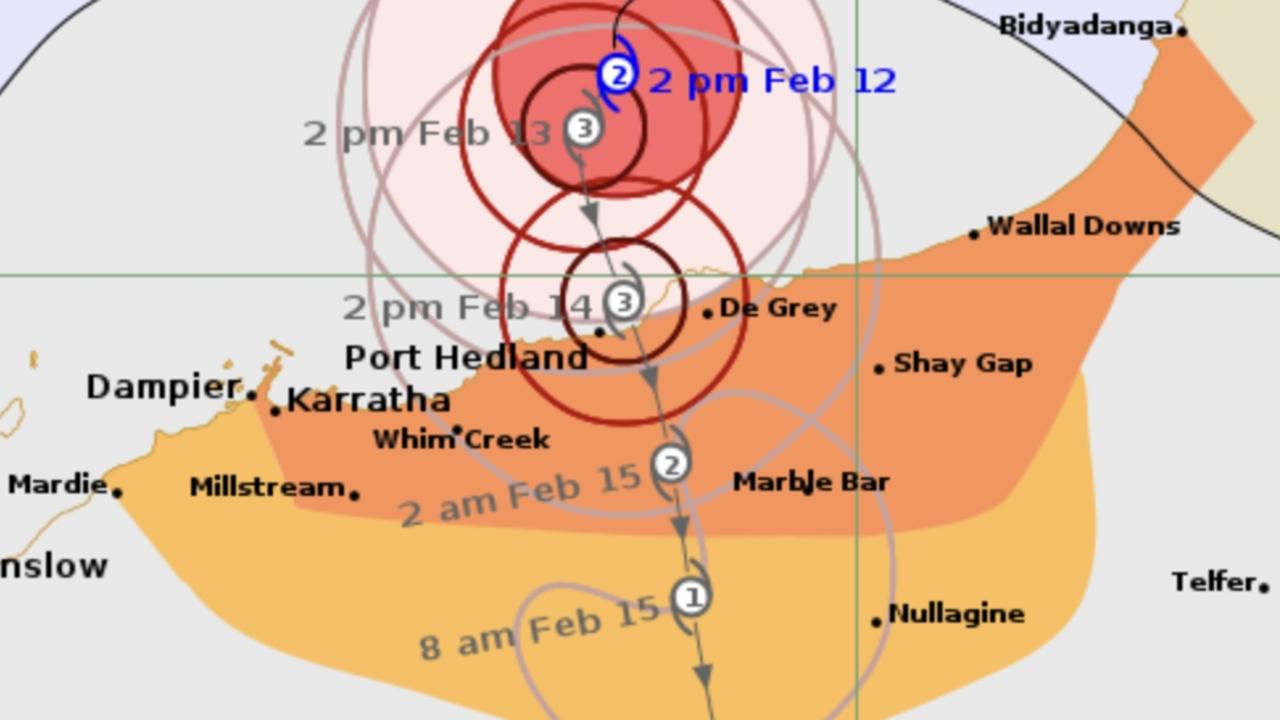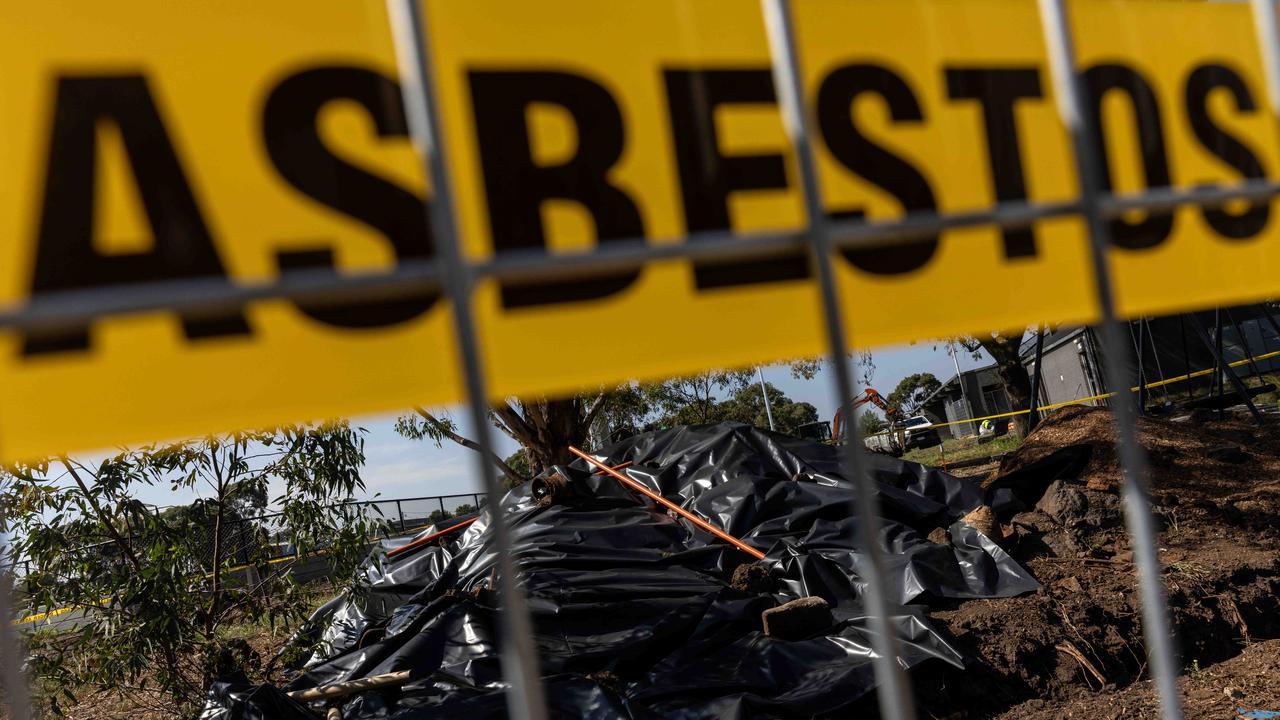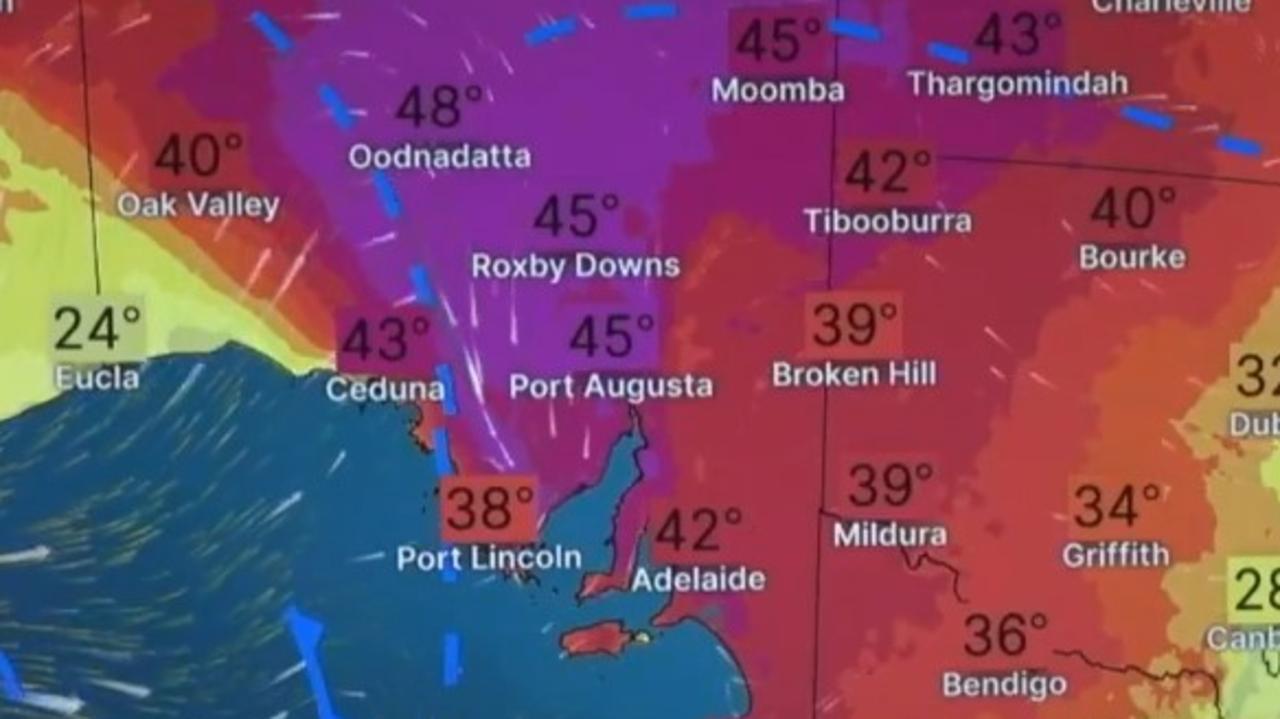‘Heroic job’: Mogo Zoo staff protect animals threatened by out-of-control New South Wales fire
Hundreds of animals have been saved at a zoo that was threatened by a raging bushfire, but blazes have all but destroyed the nearby town.
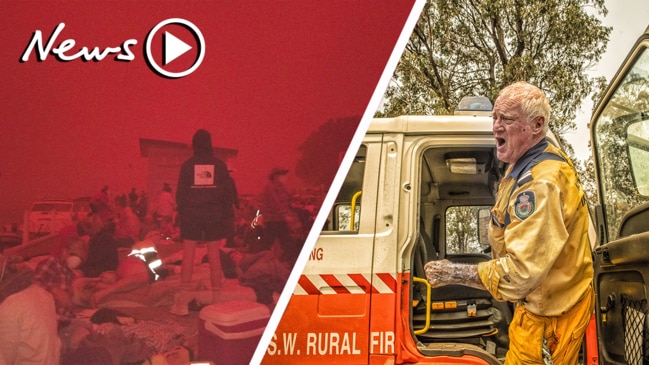
Hundreds of animals have been saved at Mogo Zoo on the New South Wales South Coast, after staff battled surrounding bushfires and one zookeeper sheltered animals at his house.
The zoo, home to approximately 200 animals – with Australia’s largest collection of primates, along with zebras, white rhinos, lions, tigers and giraffes – was threatened yesterday by an out-of-control bushfire.
They confirmed the animal’s safety on social media this morning, posting: “Zookeeper Chad and our incredible team of keepers have bravely secured the safety for all of our wonderful animals and the staff onsite.”
Thank you to all for your messages of concern and support today. Our incredible team of keepers have bravely secured the safety of all of our wonderful animals and the staff onsite.Our prayers are with the #Mogo and #BatemansBay communities, all affected by #NSWbushfires pic.twitter.com/EI1Ydlx8yz
— mogowildlife (@mogowildlife) December 31, 2019
Mogo Zoo’s director, Chad Staples, told the ABC he took several smaller animals, including red pandas and small monkeys, to his own home.
“Right now in my house there’s animals of all descriptions in all the different rooms, that are there safe and protected … not a single animal lost,” he said.
Sara Ang, speaking on behalf of the Mogo Wildlife Park, told news.com.au overnight that Mr Staples, along with 12 team members, were safe and had “worked tirelessly” to protect the zoo and its animals.
#Mogo wildlife park team bravely continued to fight fires overnight #nswfires pic.twitter.com/gu3lRD3et5
— mogowildlife (@mogowildlife) December 31, 2019
As well as no animals being harmed, Mr Staples told the ABC that the initial threat had passed. However, embers continued to fall and staff were in a state of continued “readiness”.
“We still have a lot of spot fires, but it felt like Armageddon a few hours ago,” he said.
“The zoo’s plan was always to defend the site, because we could make it safe here for all the animals.”

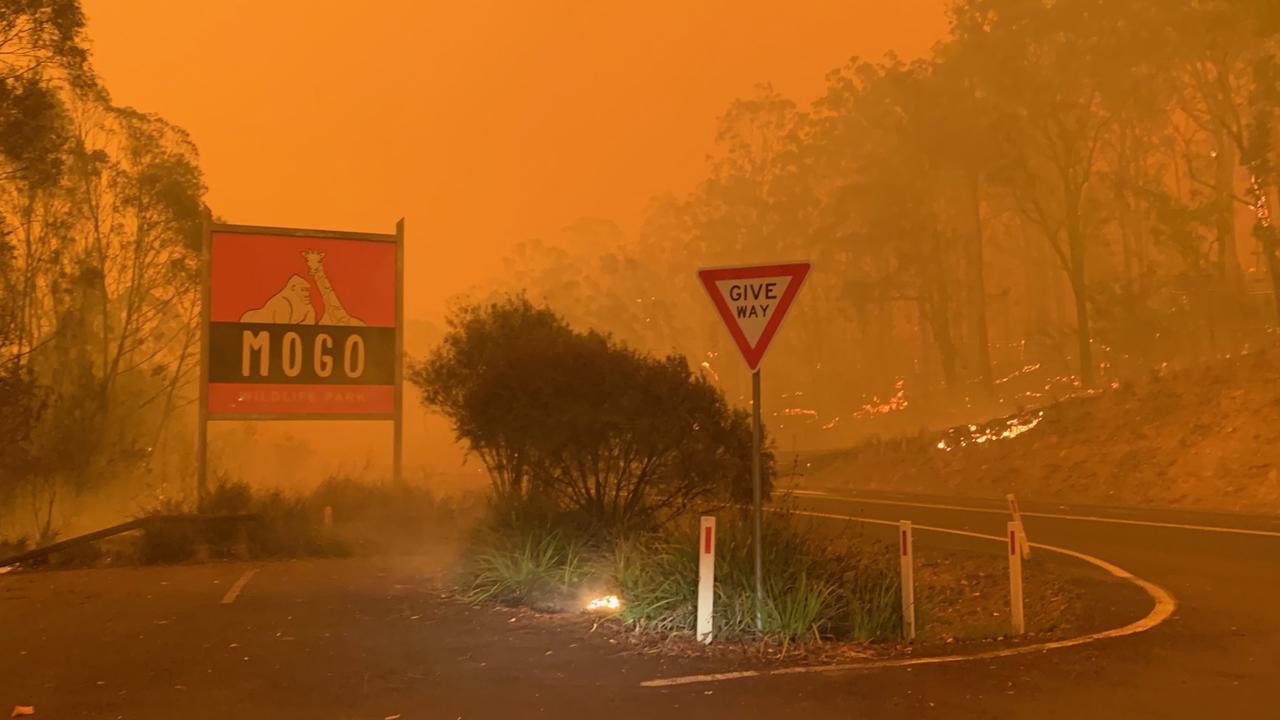
“We got out and we watered everything we possibly could. Right now, in my house there’s animals of all description in all the different rooms, that are there safe and protected,” Mr Staples said.
“What we did with the dangerous animals – lions, tigers, orang-utans – encouraged them to the night den, kept them calm, like nothing was happening, and we were able, if needs to protect them at that site.
“The only animals that we saw any sort of signs of stress were the giraffes and zebra. But that was more to do with the activity of keepers being all hands on deck.
“You have to imagine, the smell of smoke does set animals off.”
EMERGENCY WARNING - Clyde Mountain Fire (Eurobodalla LGA)
— NSW RFS (@NSWRFS) December 30, 2019
Fire has impacted Batemans Bay. The southerly change is expected in the next hour and will drive the fire in a northerly direction.#nswrfs #nswfires pic.twitter.com/9BH5aDTweX
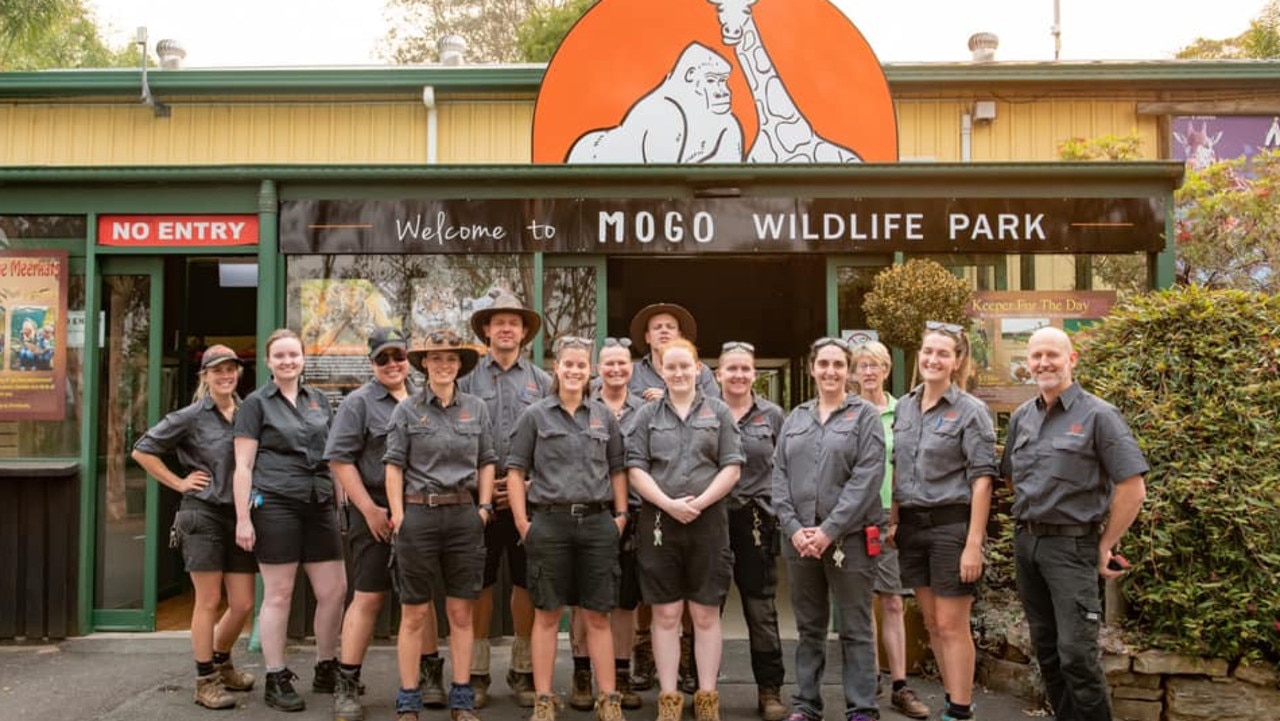
View of smoke from the fire closing in on Mogo, Batemans Bay and Surf Beach. (Taken from a (safe) place by the ocean at Batehaven.) #NSWfires pic.twitter.com/XWsJ1EEXUA
— Ellie Morello (@elliebmorello) December 30, 2019
Dramatic pictures emerged yesterday of the zoo’s giraffes grazing while fires raged nearby.
They had been locked up inside “as much as possible” and the sprinklers were keeping the wildlife park wet, a spokeswoman told news.com.au on Tuesday.
The zoo, spanning 81 acres of bushland and situated 10 kilometres south of Batemans Bay, is being threatened by the 31,000-hectare Clyde Mountain bushfire.
It was built by Sally Padey but Sydney’s Featherdale Wildlife Park took over in November.
A Featherdale Wildlife Park spokeswoman told news.com.au today that staff at Mogo Zoo were heroes.
“They’re doing a pretty heroic job actually, making sure that the animals are being kept safe.
“Basically, they’ve been hosing down everything like someone would do protecting their own house in that area.”
The town of Mogo has suffered major damage with buildings destroyed on the main street.
Talking to the ABC, Lorena Granados said her leathergoods business was “now in ashes.”
“Our town of Mogo is gone,” she said. “We fought ‘til the end but the fire was furious.”
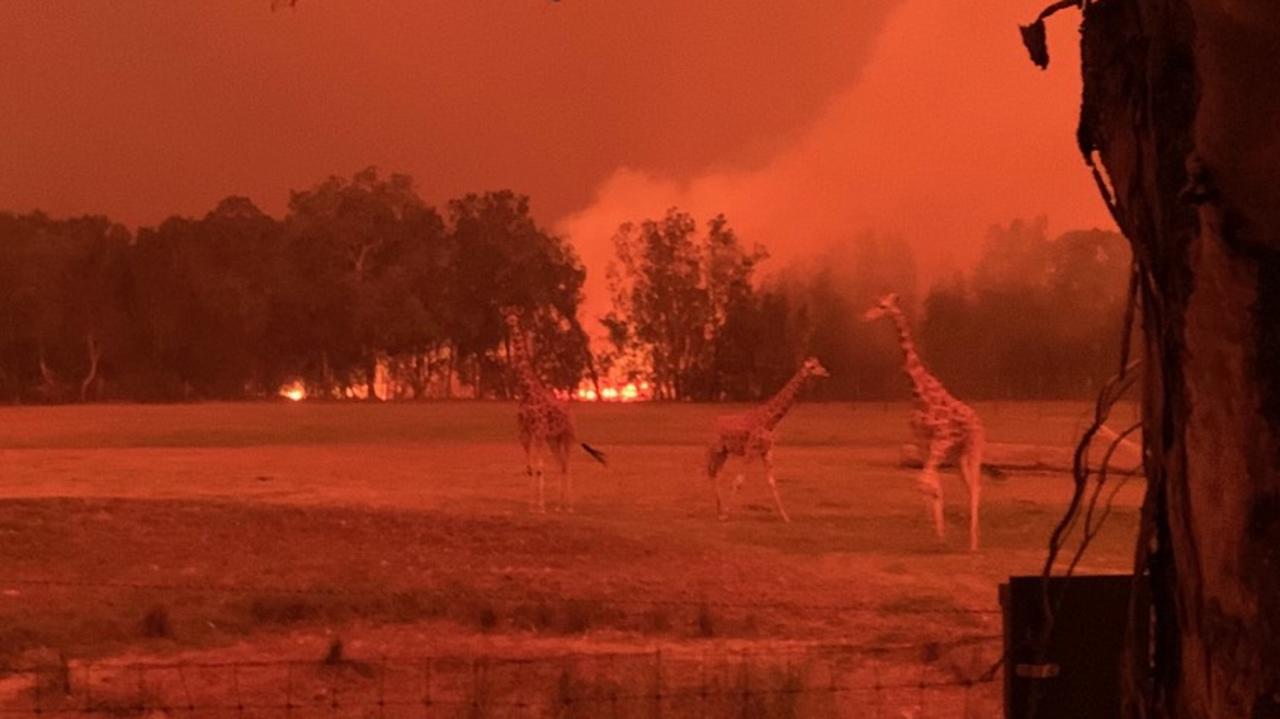
RFS commissioner Shane Fitzsimmons said the fire “has spread down particularly through places like Cobargo and further south of Batemans Bay (to) places like Mogo and Broulee”.
“So there’s a range of different villages and communities right along the extensive nature of these various fire grounds that are being impacted already and there are also potential, serious potential with these southerly winds moving through, this aggressive change that’s coming through, increasing the volatility of the fire behaviour (and) spreading those fires now to the north,” he said.
“Most of our messages are about sheltering in place, and staying in place, because it is simply too late and too dangerous to leave.”
Those in Mogo who had planned to leave had been urged to do so on Tuesday morning.
A number of dangerous fires are burning across SE NSW. Weather conditions are deteriorating. People close to active fires should immediately find a safe & clear location, including campers. A gusty southerly change is moving across the state.#nswfires #nswrfs pic.twitter.com/lKuEOhuqQk
— NSW RFS (@NSWRFS) December 31, 2019
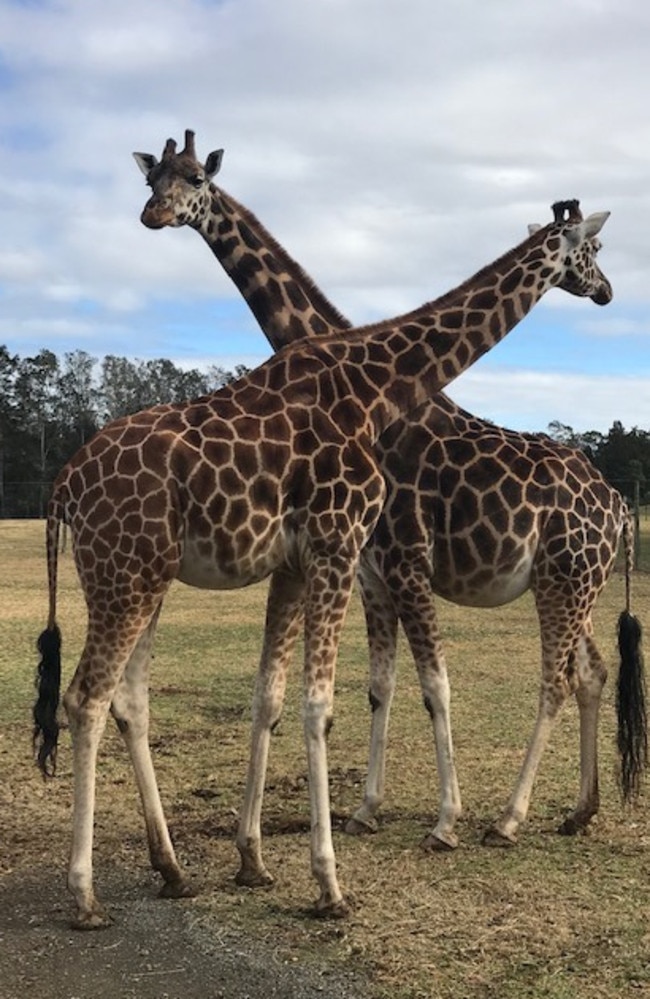
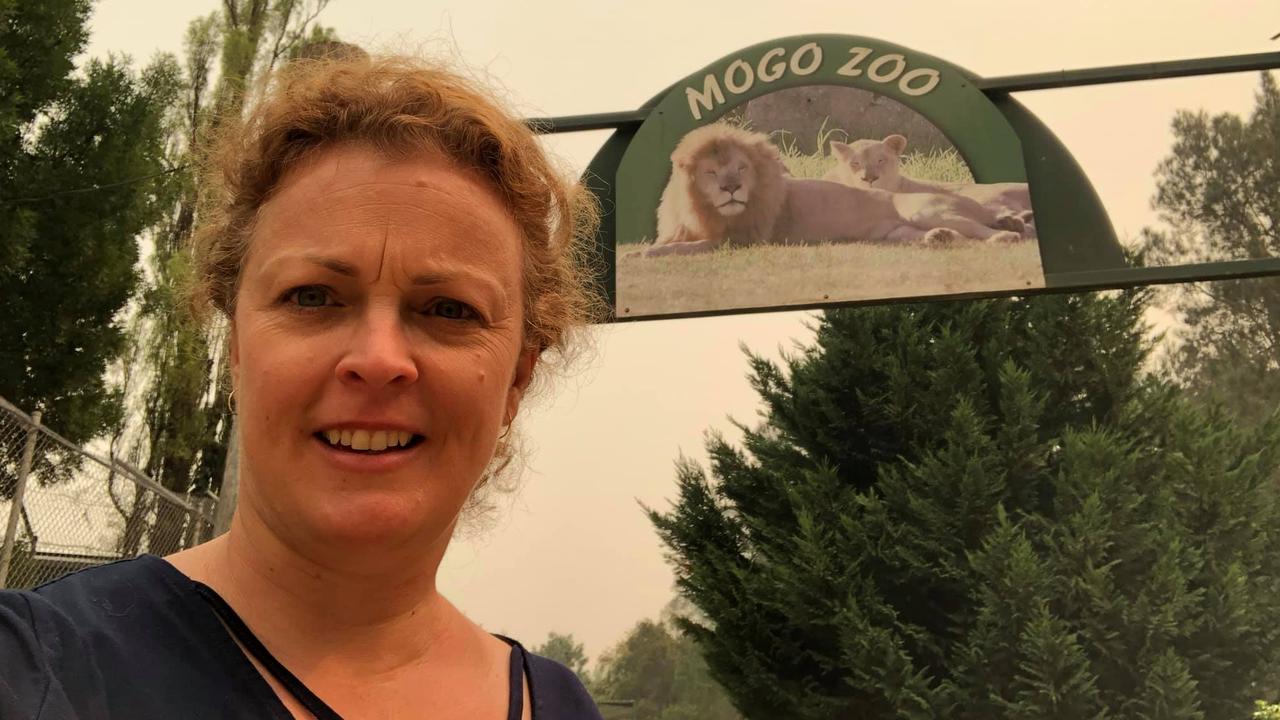
Travel blogger Joanne Bond, who has been evacuated to Narooma, visited the zoo yesterday.
“I was one of the first cars in the car park and one of the first people in the zoo,” she said in a post on her JABA Travels Facebook page on December 30.
“It’s old but I was surprised with the amount of different and unique animals in the enclosures.”
She said it was a “high priority” stop during her trip along the coast.
Ms Bond saw white lions, gibbons, white rhinos, giraffes, meerkats, tigers, lemurs “and names I can’t remember but geez they were cute”.
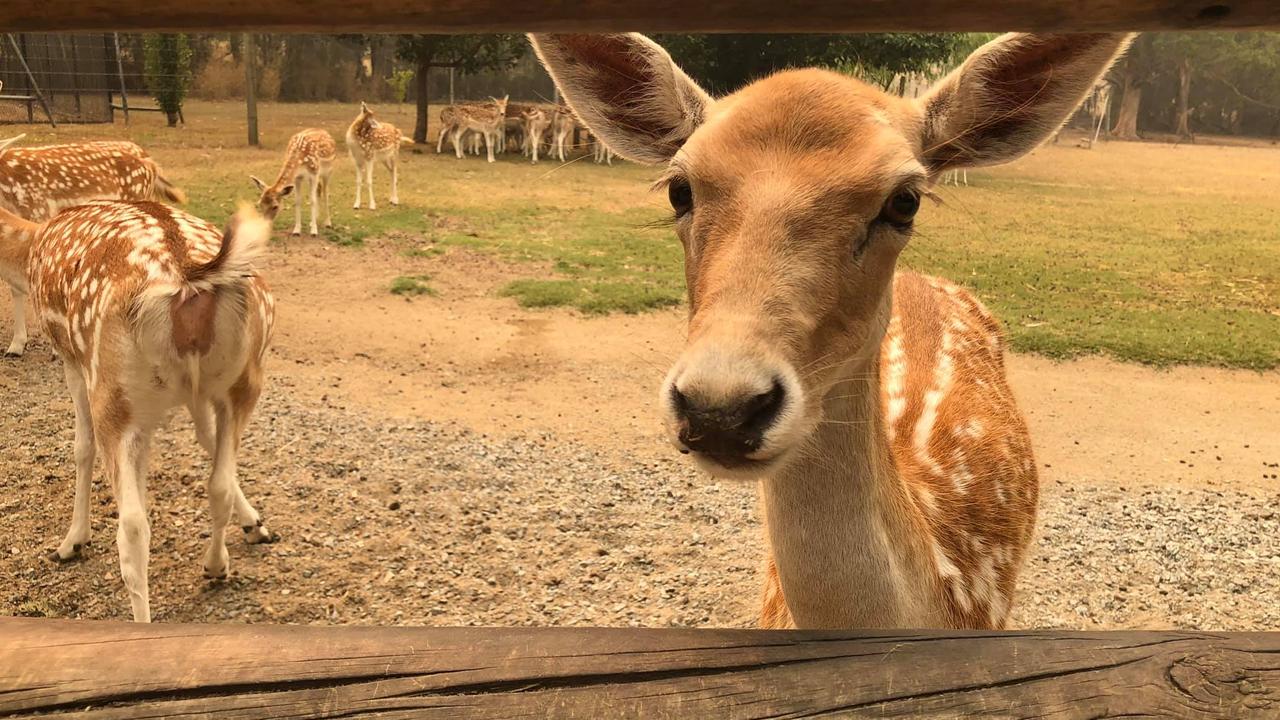
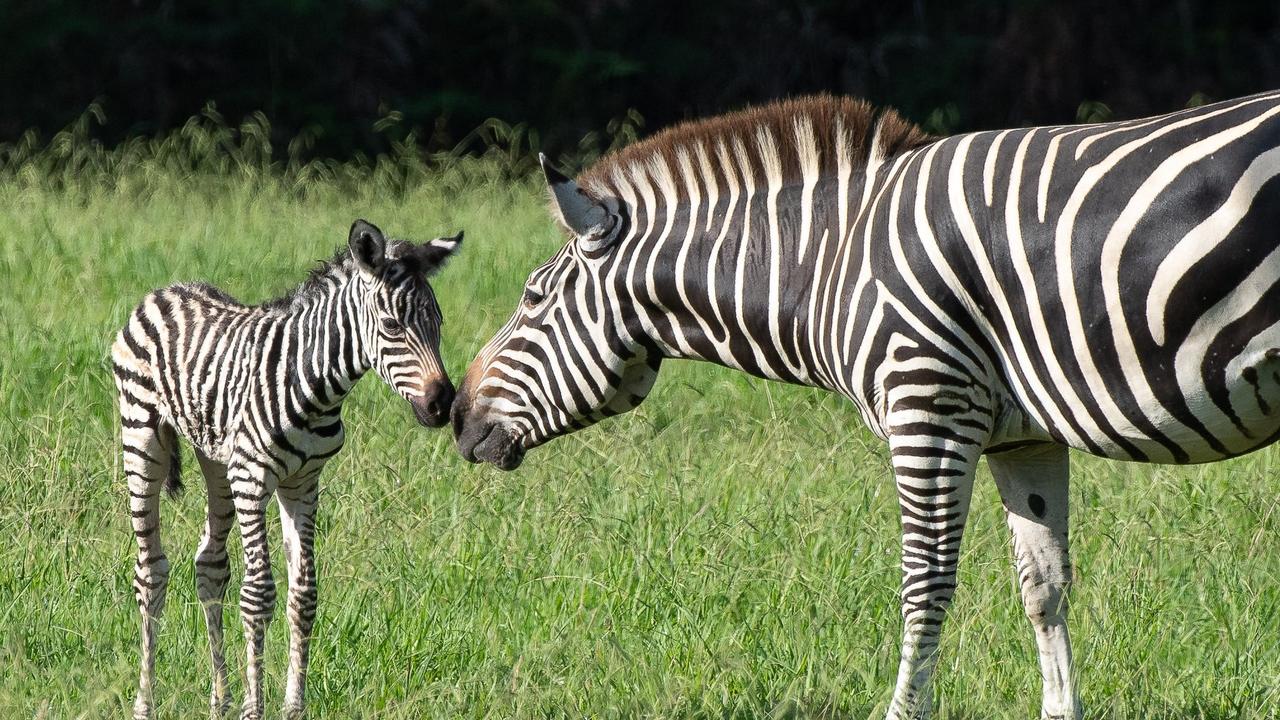
Other businesses in the area were evacuated on Tuesday including The Mogo Lolly Shop which labelled it “that dreaded day”.

